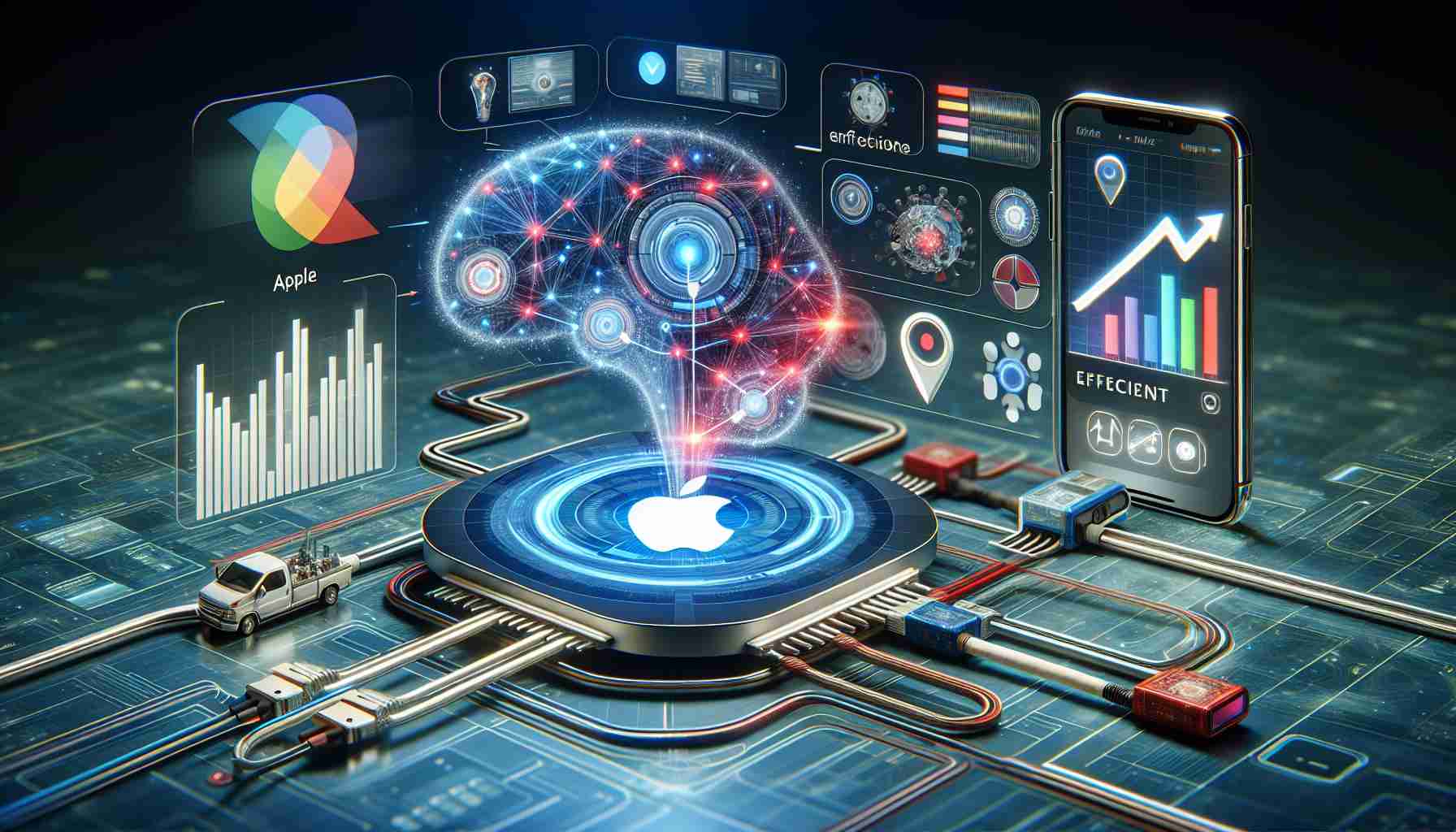Apple is innovating in the realm of artificial intelligence (AI) by introducing OpenELM, a collection of compact and efficient AI models that could revolutionize the operation of AI on consumer gadgets including iPhones, iPads, and Macs. The OpenELM project, which stands for Open-source Efficient Language Models, hints at a future where Apple devices could handle sophisticated AI tasks directly on the device.
The initiative is guided by the principles of “reproducibility and transparency,” emphasizing the importance of trust in research outcomes and the examination of potential biases and risks within AI models. Apple’s focus on these smaller AI models suggests a strategic move toward on-device processing, which aligns with their longstanding commitment to user privacy and desire for swift, independent functioning of AI features.
Apple has consistently highlighted its determination to maintain user privacy while enhancing technology and the OpenELM project appears to echo this by eschewing the need for cloud-based AI processing services. This would not only safeguard user data but also enable efficient AI functionality regardless of internet connectivity quality.
This development is suggestive of Apple’s broader ambitions in the AI sector, especially in light of their recent acquisition of the Paris-based AI startup, Datakalab. The startup is known for its prowess in on-device AI processing, which further reaffirms Apple’s strategy to empower their devices with advanced, local AI capabilities.
Advantages of Efficient AI Models:
– Enhanced Privacy: On-device processing means personal data does not need to be sent to the cloud for analysis, reducing the risk of data breaches and unauthorized access.
– Increased Speed: AI tasks performed directly on the device can be faster than cloud-based solutions, as they eliminate the latency introduced by internet communication.
– Offline Accessibility: AI features remain available even when the device is offline, offering continuous functionality without requiring an internet connection.
– Energy Efficiency: Smaller, more efficient AI models can potentially consume less power, which is crucial for battery-operated devices like iPhones and iPads.
Disadvantages of Efficient AI Models:
– Hardware Limitations: The computational power of consumer devices is limited compared to cloud servers, which may restrict the complexity of tasks that can be performed on-device.
– Model Complexity: There might be a trade-off between model efficiency and the richness of features offered by more complex AI models.
– Development Challenges: Creating compact yet powerful AI models requires significant research and development resources and expertise.
Key Challenges and Controversies:
– AI Bias and Ethics: Ensuring that AI models are unbiased and ethical remains a significant challenge in AI development. Apple’s emphasis on reproducibility and transparency suggests they are aware of these issues and committed to addressing them.
– Technology Race: Apple competes with other tech giants in the AI space, each with their own strategies for integrating AI capabilities into consumer devices. How these approaches will play out in terms of consumer benefits and market dominance is an ongoing question.
Related Link:
– You can find out more about Apple’s technologies and announcements by visiting their main website at Apple.
It is relevant to add that Apple’s investment in AI extends beyond language models, as seen in their development of the A-series processors with dedicated neural engines which showcase a direct hardware approach to AI acceleration. This indicates a multidimensional strategy for AI that includes both hardware and software advancements. Moreover, Apple’s broader contribution to AI and machine learning can be found in their open-source machine learning framework, Core ML, designed to help developers integrate machine learning models into their applications efficiently and securely.
The source of the article is from the blog macholevante.com
